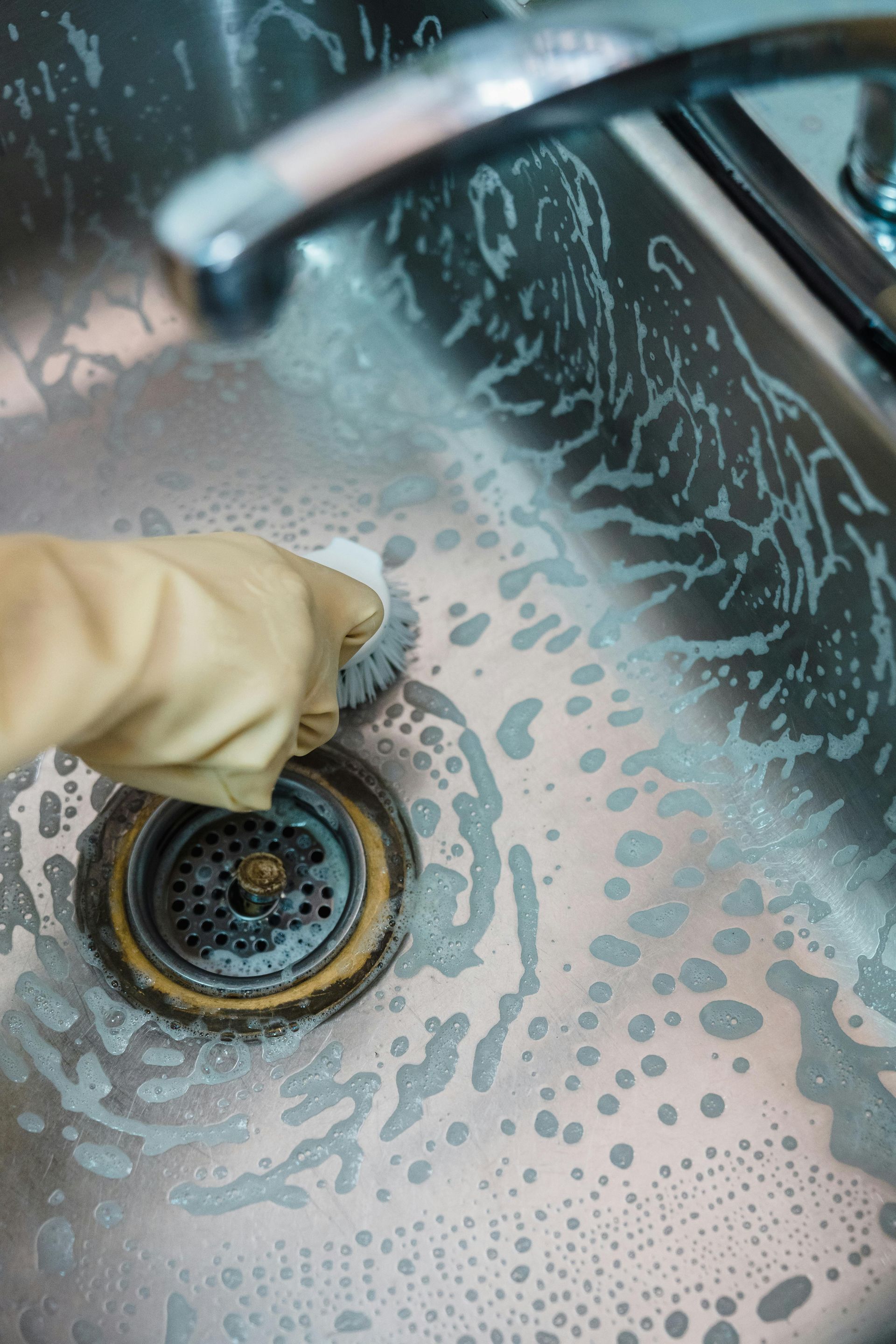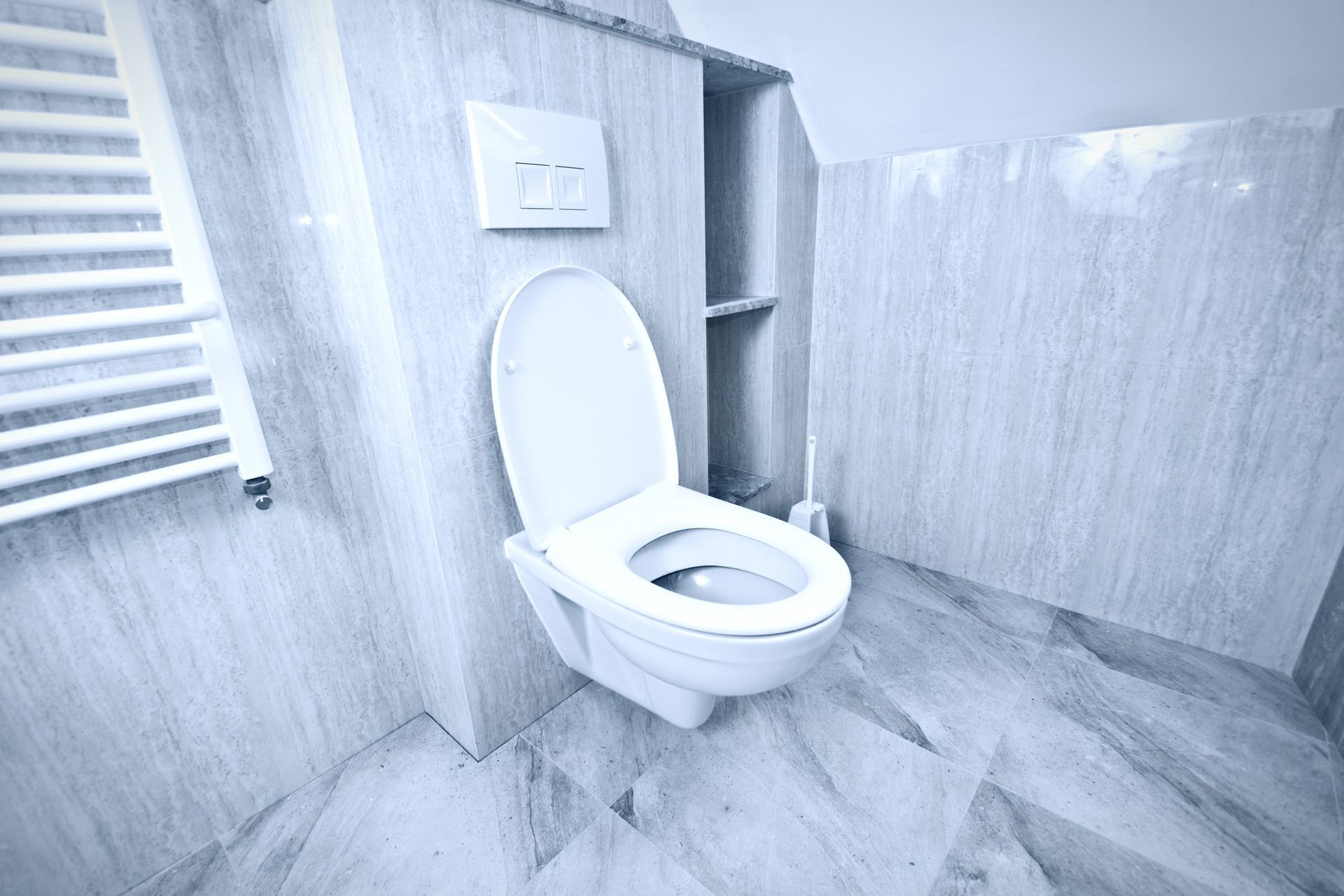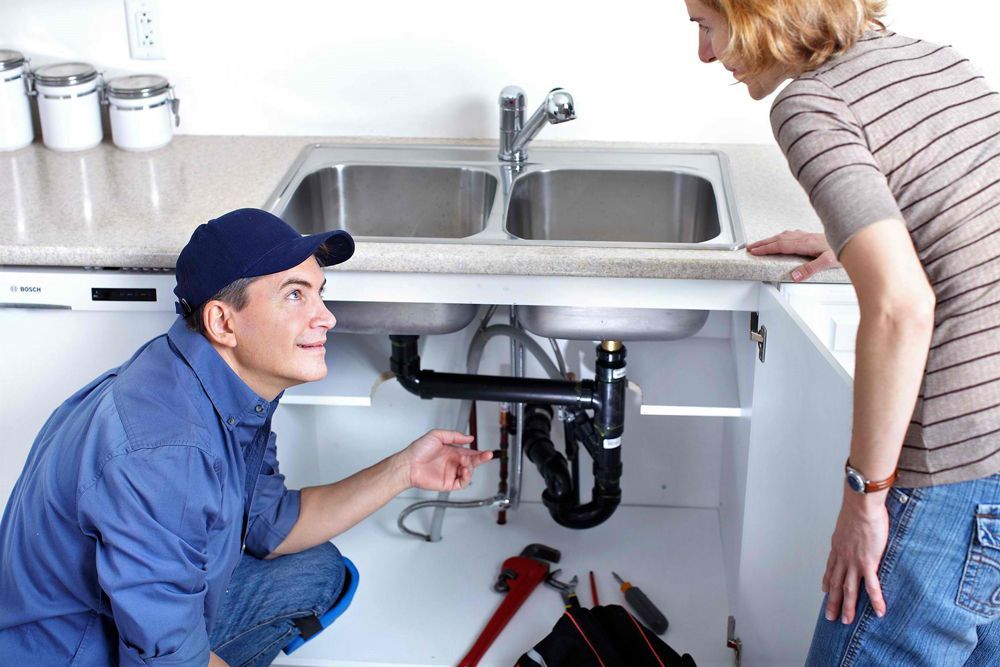Why Your Washing Machine Drain Keeps Backing Up?
A washing machine is an indispensable appliance in modern households, simplifying the tedious chore of laundry. However, when the washing machine drain keeps backing up, it can cause significant inconvenience, potential water damage, and costly repairs. Understanding the root causes of this problem is essential for effective troubleshooting and prevention. This article explores the common reasons behind washing machine drain backups, explains how they affect your plumbing system, and offers practical solutions to keep your laundry area functioning smoothly. Whether you’re a DIY enthusiast or considering professional help, such as from All City Plumbers, this guide will equip you with the knowledge to tackle this issue confidently.
Common Causes of Washing Machine Drain Backups
Clogged Drain Hose and Drainpipe
One of the most frequent causes of washing machine drain backups is a clogged drain hose or drainpipe. Over time, lint, soap scum, fabric fibers, and small debris like coins or buttons can accumulate inside the drain hose or the pipe leading away from your washer. This buildup restricts water flow, causing it to back up into the washing machine or even overflow onto the floor.
The drainpipe dedicated to the washing machine often collects these materials, especially if it’s not cleaned regularly. In some cases, the clog might be partial, leading to slow drainage and pooling water around the machine, signaling a developing blockage. Severe clogs can cause immediate backups, disrupting laundry cycles and potentially damaging your flooring and cabinetry.
Improper Installation and Drain Hose Positioning
Improper installation of the washing machine drain hose can also cause backups. If the hose is inserted too far into the standpipe or if it forms a tight seal without an air gap, it can create siphoning or airlock issues that prevent proper drainage. Additionally, if the drain hose is bent, kinked, or positioned too low, water may not flow freely, leading to backups.
The height of the drain hose relative to the standpipe is critical. Most manufacturers recommend that the hose be positioned between 18 and 30 inches above the floor to ensure proper drainage. Failure to follow these guidelines can result in water flowing back into the washer during the drain cycle.
Shared Drain Lines and Sewer Line Issues
In many homes, the washing machine shares drain lines with kitchen sinks or other appliances. Over time, grease, food particles, and other debris from the kitchen can accumulate in these shared pipes, slowing water flow. This buildup can eventually block the line entirely, causing backups not only in the kitchen but also in the washing machine.
More serious problems can arise from issues in the main sewer line. A damaged, collapsed, or clogged sewer line can cause wastewater to back up into multiple fixtures, including your washing machine. If you notice backups occurring in other drains or toilets alongside your washer, it’s a strong indication of a sewer line problem that requires professional inspection.
Excessive Detergent Use and Suds Build-Up
Using too much detergent, especially non-high-efficiency types, can create excessive suds that clog the drain system. These suds can trap lint and debris, exacerbating blockages in the drain hose or pipes. Following the manufacturer’s detergent recommendations and using high-efficiency detergents can reduce suds and help prevent drainage issues.
Plumbing System Factors Affecting Washing Machine Drainage
Pipe Size and Water Volume Compatibility
Older homes often have 1½-inch drain lines for washing machines, but modern washers discharge larger volumes of water that require 2-inch drain pipes for efficient drainage. If your drain pipe is too small for the washer’s output, water can back up because it cannot exit the system quickly enough. This mismatch results in slow drainage or overflow during heavy wash cycles.
Venting Issues and Airflow Restrictions
Proper venting in your plumbing system is essential for smooth drainage. Vent pipes allow air to enter the system, preventing vacuum formation that can slow or stop water flow. If vents are blocked, damaged, or improperly installed, drainage issues such as backups can occur. Checking roof vents and ensuring they are clear of debris is an important maintenance step.
Impact of Pipe Material and Age
The material and condition of your drain pipes also influence drainage performance. Older homes with cast iron pipes may experience corrosion and mineral buildup, narrowing the pipe diameter and increasing the likelihood of clogs. Modern PVC pipes are less prone to corrosion but still require regular cleaning to avoid blockages from lint and soap scum.
Preventive Measures and Maintenance Tips
Regular maintenance can significantly reduce the risk of washing machine drain backups. Routinely inspecting and cleaning the drain hose, using appropriate detergent amounts, and avoiding washing small objects that can cause blockages are simple yet effective steps. Running maintenance cycles with hot water and vinegar can help clean internal components and reduce buildup.
Additionally, general plumbing upkeep, such as installing expansion tanks to manage water pressure fluctuations and taking steps to prevent frozen pipes in winter, contributes to the overall health of your plumbing system. These measures help maintain consistent water flow and reduce stress on your drains.
When to Seek Professional Help
If your washing machine drain continues to back up despite your best efforts, or if you suspect sewer line issues or venting problems, it’s time to call in professional plumbers. Experts like All City Plumbers have the tools and expertise to diagnose complex plumbing issues, perform thorough drain clearing, and repair or replace damaged pipes.
Persistent backups can lead to water damage, mold growth, and costly repairs if left unaddressed. Professional intervention ensures safe, effective solutions and helps protect your home’s plumbing system for the long term.
Conclusion
A washing machine drain that keeps backing up is a common but manageable problem. By understanding the causes—from clogged hoses and improper installation to sewer line issues and plumbing system factors—you can take proactive steps to resolve and prevent backups. Regular maintenance, mindful use of detergents, and timely professional assistance from trusted companies like All City Plumbers will keep your laundry area running smoothly and your home protected from water damage. Addressing these issues early safeguards your plumbing system and enhances your household’s comfort and convenience.











